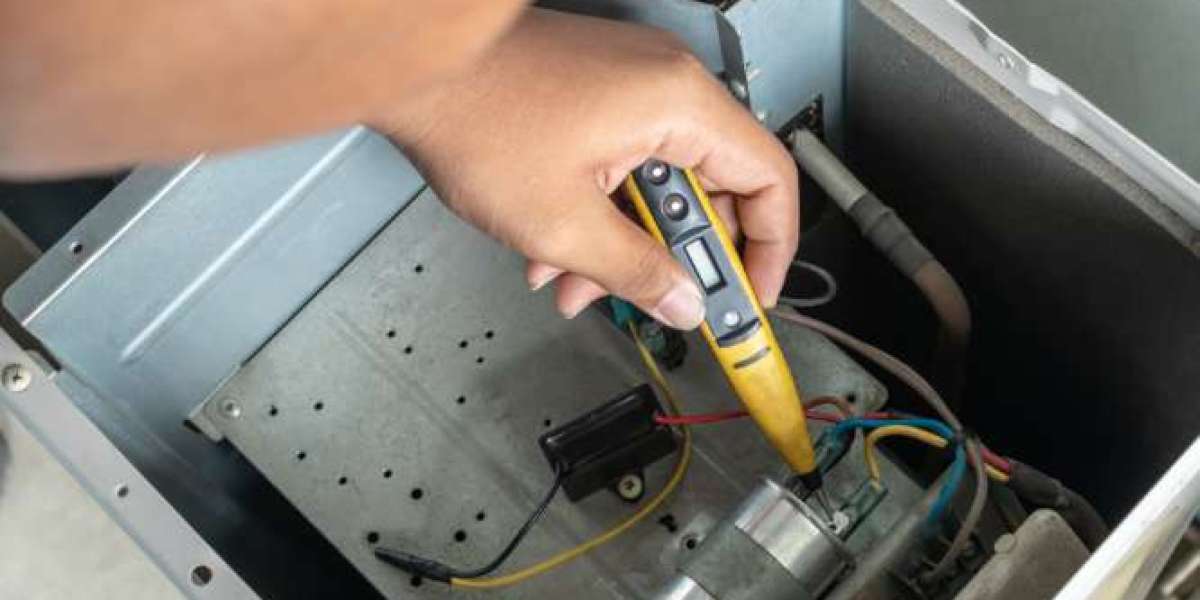As the world moves towards more sustainable and energy-efficient solutions, the adoption of heat pumps has gained considerable traction. The Heat Pump Tax Credit 2024 is a significant incentive aimed at encouraging homeowners to invest in these eco-friendly systems. This credit is part of broader efforts to reduce greenhouse gas emissions and promote energy savings. Here’s a comprehensive guide on what you need to know about the Heat Pump Tax Credit for 2024.
What is the Heat Pump Tax Credit?
The Heat Pump Tax Credit is a federal tax incentive designed to make heat pumps more affordable for homeowners. It allows individuals to receive a credit on their federal income tax return for installing qualifying heat pump systems. This credit is part of the Inflation Reduction Act of 2022, which aimed to reduce carbon emissions and promote clean energy technologies.
Eligibility Criteria
To qualify for the Heat Pump Tax Credit in 2024, the following criteria must be met:
- Type of Heat Pump: The heat pump must be an ENERGY STAR®-certified model. This ensures that it meets stringent efficiency and performance standards.
- Primary Residence: The property where the heat pump is installed must be your primary residence. This credit is not available for rental properties or second homes.
- Installation: The installation must be performed by a licensed and certified HVAC contractor. The installation needs to meet local building codes and regulations.
- Income Limits: There are no specific income limits for this credit, but the amount you can claim may be influenced by your overall tax liability.
How Much is the Tax Credit?
For the 2024 tax year, homeowners can receive a tax credit of up to 30% of the total cost of purchasing and installing a qualifying heat pump system. This credit is capped at $2,000 for heat pump installations. The credit covers both the equipment and labor costs associated with installation.
How to Claim the Credit
To claim the Heat Pump Tax Credit, follow these steps:
- Obtain Documentation: Ensure you receive a copy of the invoice from your HVAC contractor, including details of the heat pump system installed.
- Form 5695: Complete IRS Form 5695, "Residential Energy Credits," which is used to claim various energy-related tax credits.
- Attach Documentation: Submit the completed Form 5695 with your federal income tax return, along with any supporting documentation required.
- Consult a Tax Professional: It’s a good idea to consult with a tax professional to ensure you meet all requirements and maximize your credit.
Benefits of Installing a Heat Pump
Heat pumps offer several benefits beyond the tax credit:
- Energy Efficiency: Heat pumps are highly efficient, transferring heat rather than generating it, which can lead to significant savings on energy bills.
- Environmental Impact: By using electricity rather than fossil fuels, heat pumps help reduce greenhouse gas emissions and reliance on non-renewable energy sources.
- Year-Round Comfort: Heat pumps provide both heating and cooling, making them versatile for year-round comfort.
- Increased Home Value: Installing a heat pump can increase your home’s value by improving its energy efficiency and appeal to future buyers.
Additional Incentives and Rebates
In addition to the federal tax credit, there may be state or local incentives available for heat pump installations. Check with your state’s energy office or local utility provider for information on additional rebates or incentives that may be available in your area.
Conclusion
The Heat Pump Tax Credit 2024 provides a valuable opportunity for homeowners to invest in energy-efficient and environmentally friendly heating and cooling solutions. By understanding the eligibility requirements and the process for claiming the credit, you can make the most of this incentive and contribute to a more sustainable future. If you’re considering upgrading to a heat pump, now is an excellent time to take advantage of the available tax credits and other benefits.








